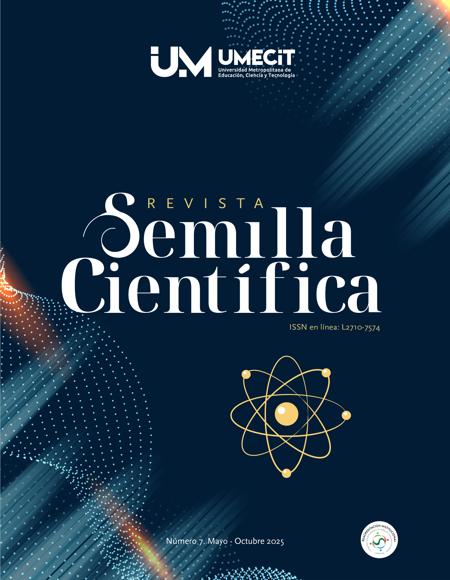Abstract
Artificial intelligence (AI) revolutionizes forensic science by identifying patterns overlooked by traditional methods, improving precision, and accelerating analysis. Additionally, AI enhances the training of professionals through safe virtual simulations and environments, offering practical experiences. Its use enables the design of crime prevention strategies through predictive analysis of criminal data. In fields such as dactyloscopy, ballistics, forensic anthropology, and forensic photography, AI reduces subjectivity, optimizes processes, and improves result accuracy. Advanced tools, like image post-processing algorithms, are applied in protocols like Istanbul’s to document injuries invisible to the human eye, strengthening investigations into torture and mistreatment.
Keywords
References
Estilografica. (s. f.). Aplicaciones de la inteligencia artificial en la criminología y ciencias policiales. CIECEM 2024. https://ciecem.org/ponencia/aplicaciones-de-la-inteligencia-artificial-en-lacriminologia-y-ciencias-policiales/
Green, D., & Humphrey, M. (2019). The role of 3D facial reconstruction and deep learning in forensic identification. Forensic Science International, 302, 109-115. https://doi.org/10.1016/j.forsciint.2019.109115
Kayser, M., Ruff, M., & Lambert, M. (2020). Artificial intelligence in forensic pathology: Application of convolutional neural networks for forensic imaging. Journal of Forensic Radiology and Imaging, 12(3), 102-108. https://doi.org/10.1016/j.jofri.2020.102108
Ketsekioulafis I, Filandrianos G, Katsos K, et al. (September 28, 2024) Artificial Intelligence in Forensic Sciences: A Systematic Review of Past and Current Applications and Future Perspectives. Cureus 16(9): e70363. doi:10.7759/cureus.70363
Miller, A., & Thompson, B. (2020). Ethical challenges in the use of artificial intelligence for forensic applications. Journal of Law and Ethics, 45, 128-142. https://doi.org/10.1016/j.jole.2020.45128
Raed. (2024, 27 junio). La inteligencia artificial en la práctica forense. Real Academia Europea de Doctores. https://raed.academy/la-inteligencia-artificial-en-la-practica-forense/
Rodríguez, J. M., & Sánchez, H. (2021). Advances in AI for trauma analysis in forensic science. Forensic Imaging, 9, 20-30. https://doi.org/10.1016/j.forimg.2021.2030
Smith, P., & Gao, L. (2021). Machine learning applications in DNA analysis for forensic science. Forensic Genomics, 7(2), 57-69. https://doi.org/10.1016/j.forgen.2021.57-69
Zhao, L., & Chen, W. (2022). Forensic applications of AI: Enhancing DNA analysis and crime scene reconstruction. International Journal of Forensic Science, 58(1), 45-59. https://doi.org/10.1016/j.ijfor.2022.45059
Publication Facts
Reviewer profiles N/A
Author statements
Indexed in
- Academic society
- Universidad Metropolitana de Educación, Ciencia y Tecnología
- Publisher
- Universidad Metropolitana de Educación, Ciencia y Tecnología













